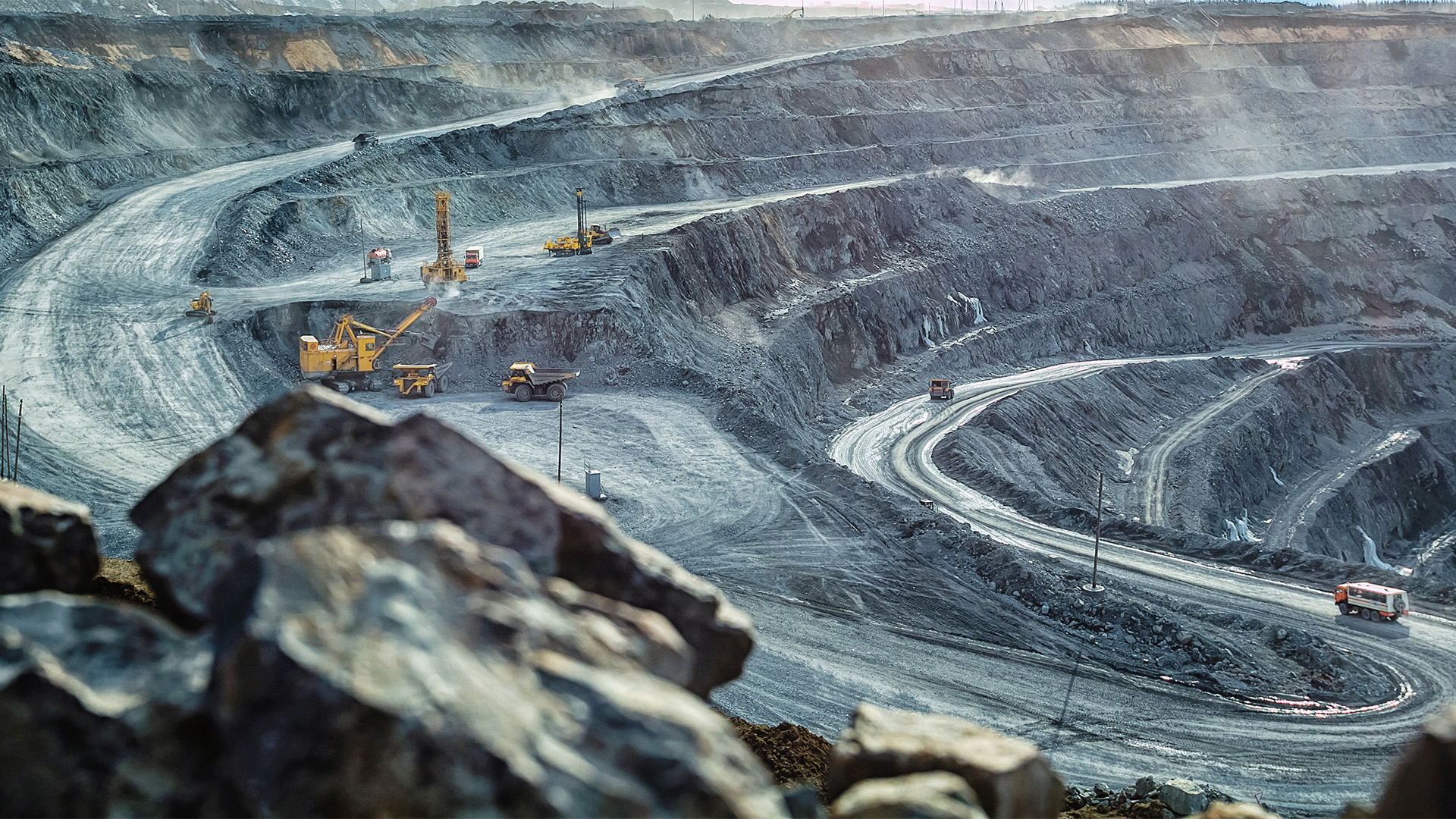China's investments in metals and mining overseas are set to hit a record high this year, as the nation strives to secure vital resources and maintain its position as the world's leading producer of electric vehicles, batteries, solar panels, and wind turbines. In the first half of this year, Chinese investments and new contracts in the mining and metals sector surpassed $10 billion, according to a report from the Green Finance & Development Centre at Fudan University in Shanghai, reviewed by the Financial Times. This figure has already surpassed the total investments made in the entire year of 2022 and is on track to exceed the previous record of $17 billion set in 2018.
The investments are focused on projects involving nickel, lithium, copper, uranium, steel, and iron in various countries across Africa, Asia, and South America. These strategic moves are aimed at securing access to crucial resources as global demand for clean technologies rises due to efforts to combat climate change.
President Xi Jinping's ambition for economic self-reliance is also a driving force behind these investments. As geopolitical tensions with the US continue to rise, China seeks to fortify itself against potential economic impacts. The Belt and Road Initiative (BRI), launched in 2013, is part of China's efforts to provide an alternative financing option for infrastructure projects and has drawn in 148 countries with over $1 trillion in cumulative projects. However, concerns over China's economic leverage have led several countries, including Australia, to review their involvement in the BRI.
While the BRI's global footprint has diminished in recent years, investments in the resources sector have bucked the trend and shown positive growth. Beijing's focus on securing raw materials has intensified in tandem with the development of a robust domestic processing sector, reducing the country's reliance on overseas refiners for metals like copper, aluminium, lithium, and cobalt.
The data from Fudan University also indicates a shift in the nature of BRI engagements. In the first half of 2023, investments accounted for a record 61% share of BRI engagement, while construction contracts made up less than half the value of new BRI financing. Chinese private companies have stepped up their investment activities, compensating for the reduced involvement of state-owned enterprises in BRI projects.
The changing risk evaluation strategies by Chinese investors and banks have led to a focus on revenue-generating and resource-backed deals in the BRI, benefiting the metals and mining sector. This strategic approach aligns with China's long-term goals for sustainable development and self-sufficiency in clean technology supply chains.
As China's overseas investments in metals and mining continue to surge, the world will closely watch how these moves impact the global economy and the dynamics of resource availability amid the ongoing battle against climate change.














